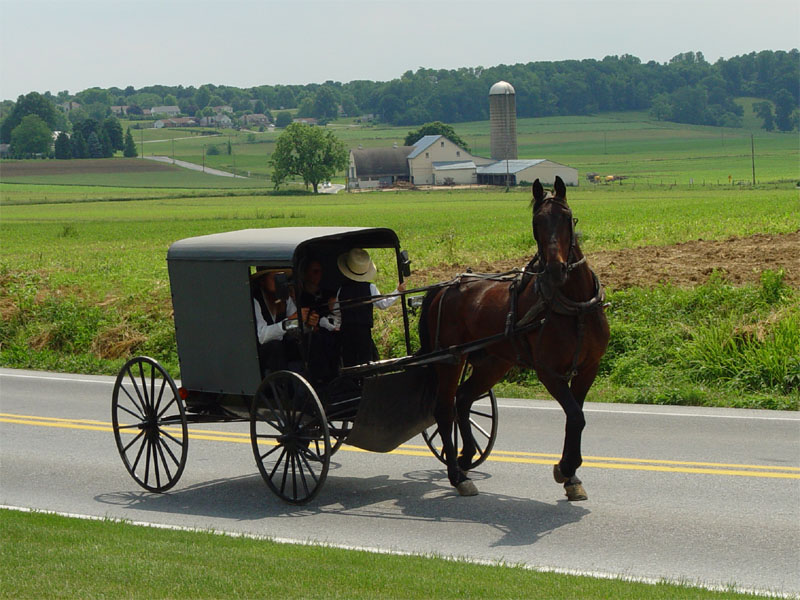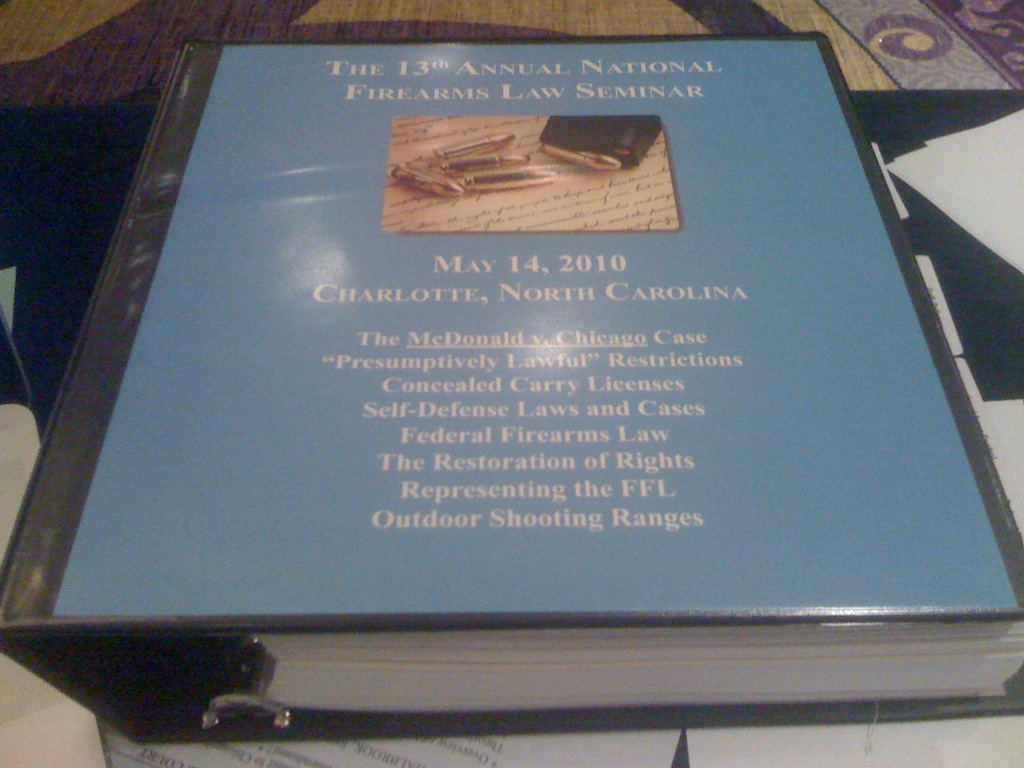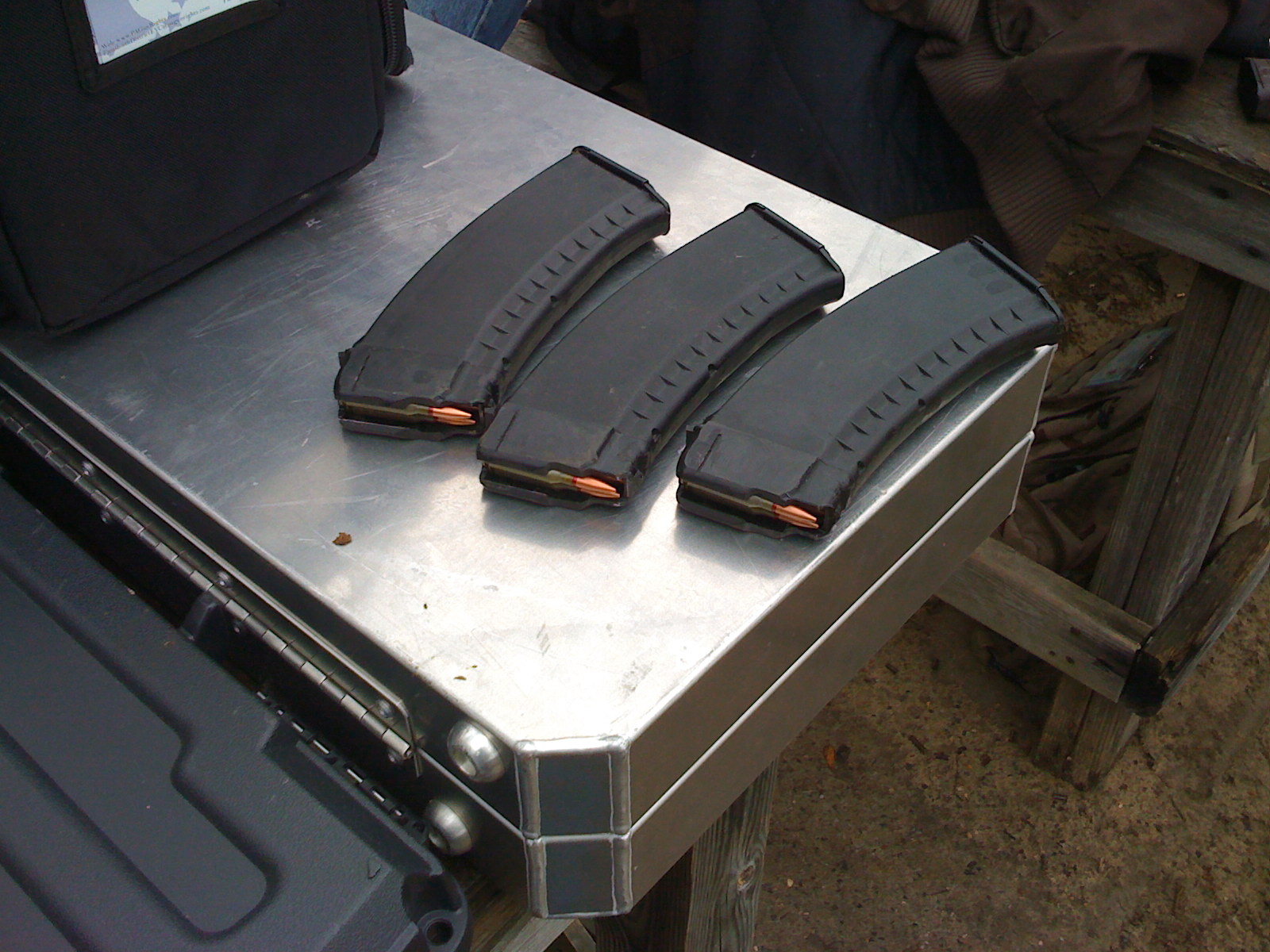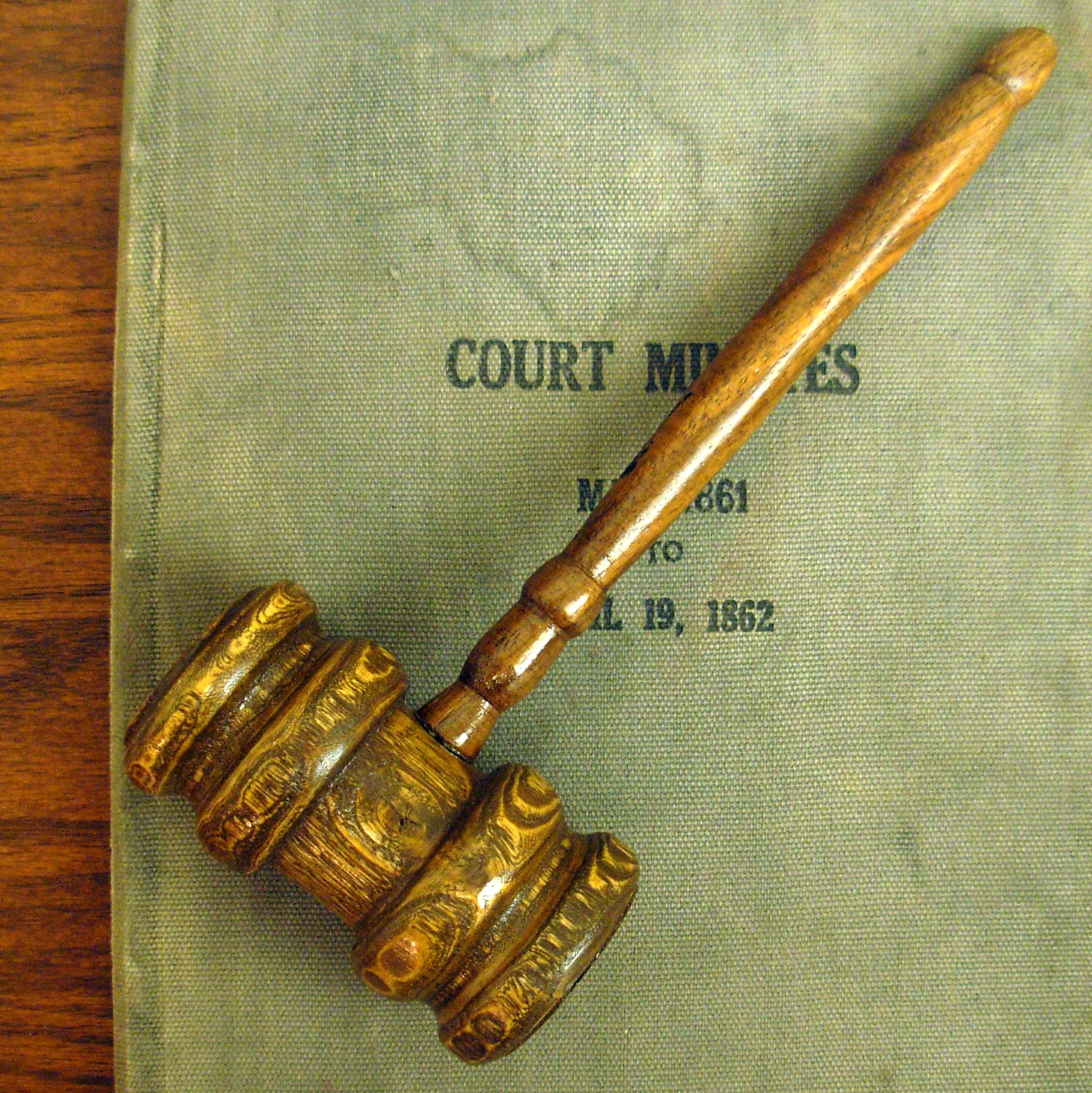Andrew Branca notes that Freddy Grey’s knife was, in fact, illegal. We need to repeal all knife laws. Laws against sharp pointy things are even more ridiculous than gun control. Even Bloomberg News is recognizing that Knife Rights have become the new gun rights. Of course, I wouldn’t agree gun rights have gotten old, but the Second Amendment isn’t just about firearms, it should be about all personal weapons, armor, and other accouterments.
Against my better judgement, I became involved in a comment discussion on this article that appeared in Raw, accusing the NRA of not caring about the rights of African-Americans, because they weren’t standing up for the Second Amendment rights of Freddy Grey. I viewed my goal in this to dispel myths, rather than sling insults back at people. I do not speak for NRA, but in my opinion, when defending the organization online, I don’t think there’s anything wrong with using “we” if you’re a member. It is, at the end of the day, your organization, and it helps people understand this isn’t just about some nefarious gun lobby:
Myth Number 1: NRA doesn’t care about the rights of someone like Freddy Grey. For one, even though NRA is not directly involved in knife rights, KnifeRights.org is a lot of the same people, and there’s cooperation. We are working to try to repeal and preempt the kinds of laws that got Freddy Grey into the situation that got him killed.
Myth Number 2: NRA doesn’t care about the rights of blacks. Gun rights is only for white people. No, we stand for the right of all peaceable people to keep and bear arms for self-protection. Gun control is actually far more burdensome for poor blacks to exercise their rights than it is for white people who can more often afford license fees, training classes, and to live in communities they aren’t likely to get harassed by the cops.
Myth Number 3: NRA is just the sales arm of the gun industry. It’s amazing how many people have a genuine and sincere belief that this is actually true. I believe it’s a deliberate self-deception at times, because if you’re for restricting the freedoms of millions of Americans, some of whom might be a lot like you, that kind of makes you a real killjoy. But if you’re fighting against some nefarious imagined “gun industry,” well, that’s just sticking it to the corporate man, and you one can think oneself a hero of the common man.
These were the common myths. Of course you had plenty of crap like this:
Niger [Innis]? he’s another self hating black man, who hates his race. Tell me about Wayne LaPiere’s lack of racism. Tell me about Pedophile Nugent’s lack of racism. When the NRA leaders stop making speeches about rebelling against the government, and attacking blacks and Mexicans, I’ll believe there;s no racism in the NRA. until then, the NRA is nothing but an organization dedicated to scaring ignorant white people into buying guns, out of fear of a black president and brown and black people.
He’s not speaking about the actual National Rifle Association, but instead a caricature of the organization constructed partly by the writer’s vivid imagination, partly by agitators who work very hard to divide Americans against one another, and partly by Ted Nugent, who is the former type’s wet dream, since he self-caricatures.
As an organization, NRA needs a lot more people like Sheriff Clark speaking for the organization, and a lot fewer people like Ted Nugent. Knife Rights, for its part, responded very well, I thought, to the current events happening in Baltimore.








